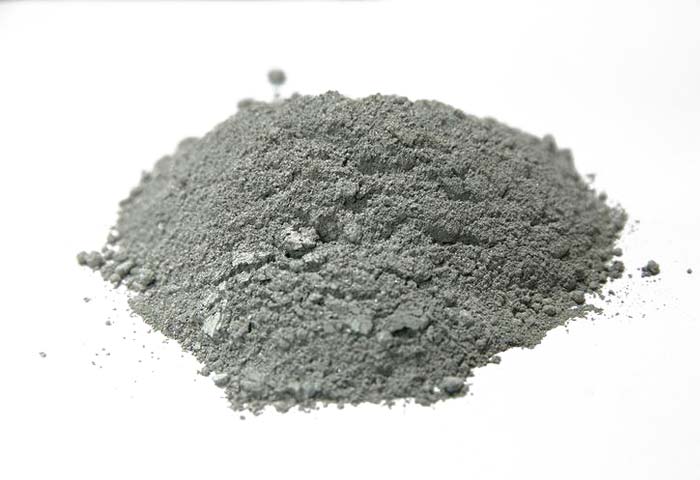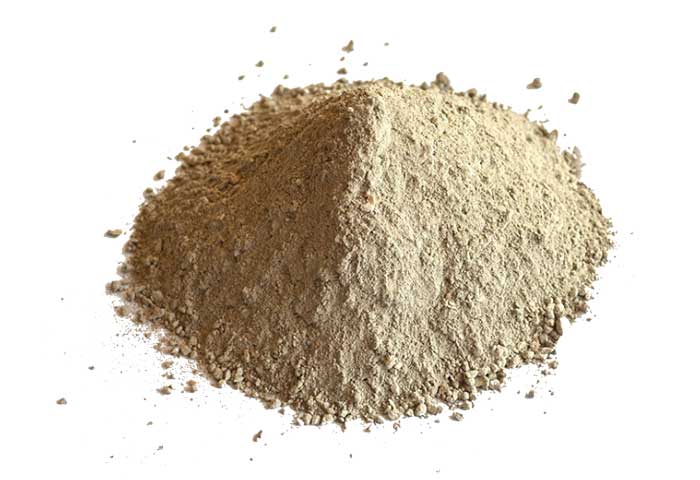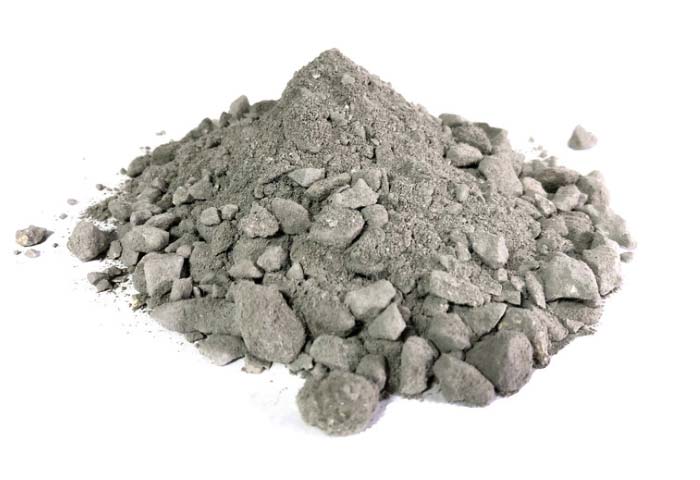Oporne na reflektory

Jest ich wiele Rodzaje refraktory, każdy z unikalnymi cechami i zaletami, które sprawiają, że są odpowiednie do określonych aplikacji.
Materiały ogniotrwałe PER, Jako profesjonalny producent ogniotrwały w Chinach, może zapewnić różnorodne oporne palety, aby zaspokoić Twoje potrzeby.
Zapewniając wysoką jakość naszych produktów, Możemy zaoferować najlepszą możliwą cenę niż rynek.
Mocno wierzymy, że uczciwość i uczciwość to twoi najbardziej godne zaufania producenci i niezawodni partnerzy.
Na producent refrakcji produkuje oporne palety, które są szeroko stosowane w branżach w wysokiej temperaturze, takich jak stal, cement, i petrochemikaliów ze względu na ich doskonałe właściwości izolacyjne i żaroodporne.
Rodzaje refrakcyjnej obsady
Kolone oporne na oporne materiały oporne na oporne materiały, które są powszechnie stosowane w konstrukcji podszewki pieca, piece, i inne urządzenia do przetwarzania w wysokiej temperaturze. Są one wytwarzane przez połączenie ogniotworowych agregatów, spoiwa, i dodatki z wodą, powodując gęsty, twardy, oraz materiał odporny chemicznie, który może wytrzymać ekstremalne temperatury.

Niski cement
Niski cement (LCC) są rodzajem opornego na resztki, które są wykonane z małą zawartością cementu, zazwyczaj mniej niż 5%. Niska zawartość cementu powoduje wysoce gęsty i silny materiał, który ma doskonałą odporność na wstrząs mechaniczny i termiczny.
LCC są idealne do stosowania w środowiskach o wysokiej temperaturze, takie jak podszewki pieców obrotowych, kotły, i spalarnie. Mogą wytrzymać temperatury do 1800 ° C i są wysoce odporne na alkalis i kwasy.

Samozwajemne palety
Samozwajemne palety (SFC) są rodzajem odbiorowego ogniotrwałego, które są zaprojektowane tak, aby były wysoce płynne i są w stanie napływać do złożonych kształtów i obszarów. Są one wykonane ze specjalnego systemu spoiwa, który pozwala na doskonałe przepływność i właściwości samopoziomowania.
SFC są często używane w aplikacjach, w których wymagane są złożone kształty lub projekty, takie jak w podszewkach pieca lub podszewki komina. Są również idealne do użytku w obszarach, w których ręczna instalacja jest trudna lub niemożliwa.

Izolacja Castibles
Izolacja Castibles (Ic) są rodzajem opornego na resztki, które są zaprojektowane tak, aby mieć niską przewodność cieplną, powodując doskonałe właściwości izolacji. Są wykonane z lekkich agregatów i segregatorów o dużej czystości, powodując materiał, który jest zarówno silny, jak i lekki.
ICS są idealne do stosowania w aplikacjach, w których wymagana jest izolacja termiczna, na przykład w podszewkach ścian pieca, dachy, i podłogi. Są one również powszechnie stosowane w budowie izolacji kopii zapasowej dla innych rodzajów podszewki ogniotrwałej.

Castables o wysokiej zawartości alumina
Castables o wysokiej zawartości alumina (Hac) są rodzajem odtądowego ogniotrwałego, które są wykonane z agregatów i spoiwa w glinu o dużej czystości. Mają wysoką zawartość glinu, zwykle powyżej 80%, powodując materiał, który jest wysoce odporny na ścieranie, korozja, i erozja.
HAC są idealne do stosowania w zastosowaniach, w których wymagana jest wysoka wytrzymałość mechaniczna i odporność chemiczna, na przykład w podszewkach wielkich pieców, kadzi, i spalarnie. Mogą wytrzymać temperatury do 1800 ° C i są wysoce odporne na alkalis i kwasy.

Mulite Castables
Mulite Castables (MC) są rodzajem odtądowego oporności, które są wykonane z agregatów i wiążących opartych na mullicie. Mulite to wysoko temperaturowy materiał ceramiczny, który ma doskonałą odporność na wstrząsy termiczne i odporność chemiczną.
MC są idealne do stosowania w zastosowaniach, w których wymagana jest duża odporność na wstrząsy termiczne i odporność chemiczna, na przykład w podszewkach kotłów, spalarnie, i piece. Mogą wytrzymać temperatury do 1800 ° C i są wysoce odporne na alkalis i kwasy.
Krzemowe odbiorki z węglików krzemowych
Krzemowe odbiorki z węglików krzemowych (SCC) są rodzajem opornego na rejestrację, które są wytwarzane z krzemowych kruszyw i segregatorów na bazie węglików. Krzemowy węglika to wysoko temperaturowy materiał ceramiczny, który ma doskonałą przewodność cieplną, odporność na ścieranie, i odporność chemiczna.
SCC są idealne do stosowania w zastosowaniach, w których wymagana jest wysoka przewodność cieplna i odporność na ścieranie, na przykład w podszewkach pieców, piece, i spalarnie. Mogą wytrzymać temperatury do 1800 ° C i są wysoce odporne na alkalis i kwasy.

Kościele związane z fosforanem
Kościele związane z fosforanem (PBC) są rodzajem opornego na palec, które są wykonane z systemu spoiwa na bazie fosforanu. System spoiwa powoduje materiał, który ma doskonałą odporność chemiczną i wysoką wytrzymałość w wysokich temperaturach.
PBC są idealne do stosowania w zastosowaniach, w których wymagana jest wysoka odporność chemiczna i wytrzymałość, na przykład w podszewkach pieców, spalarnie, i kotły. Mogą wytrzymać temperatury do 1500 ° C i są wysoce odporne na alkalis i kwasy.
Dlatego, Ważne jest, aby wybrać odpowiednie refraktory
Podsumowując, Dostępnych jest kilka rodzajów refraktory, każdy z unikalnymi właściwościami i zaletami, które sprawiają, że są odpowiednie do określonych aplikacji.
Niskie cementowe palety są wysoce odporne na wstrząs termiczny i idealne dla środowisk o wysokiej temperaturze, podczas gdy samozwajemne odbiorniki są idealne do złożonych kształtów i obszarów.
Izolacje odbiorcze są doskonałe do izolacji termicznej, podczas gdy castables o wysokiej zawartości aluminacji są wysoce odporne na ścieranie, korozja, i erozja.
Mulite Castable mają doskonały wstrząs termiczny i odporność chemiczną, podczas gdy krzemowe odbiorniki węglików mają wysoką przewodność cieplną i odporność na ścieranie. Odlewy związane z fosforanem mają doskonałą odporność chemiczną i wysoką wytrzymałość w wysokich temperaturach.
Przy wyborze opornego na palec, Ważne jest, aby wziąć pod uwagę szczególne wymagania aplikacji, takie jak zakres temperatur, Ekspozycja chemiczna, Naprężenie mechaniczne, i właściwości izolacji.
Z odpowiednim wyborem, Kolone palety mogą zapewnić długotrwałą i niezawodną ochronę sprzętu do przetwarzania w wysokiej temperaturze.
Techniczne punkty budowy refraktory
Wśród głównych punktów technicznych budowy opornej na resztę obejmują.
1. Stosunek refraktorycznych paliw nie należy arbitralnie zmieniać w budownictwie, a woda lub inne materiały nie powinny być dowolnie dodawane do mieszanych refraktory.
2. Szablon do nalewania powinien mieć wystarczającą siłę i sztywność, a rozmiar formy powinien być dokładny, i zapobiegaj deformacji podczas procesu budowy.
3. Stawy formy pracy powinny być ciasne i nie należy wyciekać zawiesiny, a środki antyadhezyjne należy podjąć dla szalunku.
4. Powierzchnia masonerii inspulacji cieplnej w kontakcie z Castable powinna podejmować wodoodporne środki.
5. Należenie refraktorycznych odbiorników powinno być ciągle przeprowadzane, a drugą warstwę odbiorczych należy wylać przed pierwszą warstwą odbiorczych, a przedział przekraczający czas kondensacji powinien być obsługiwany zgodnie z wymogami połączeń budowlanych. Połączenia budowlane powinny pozostać na linii środkowej tego samego rzędu zakotwiczonych cegieł.
6. Po budowie, Opuścił podkładka powinna być utrzymywana zgodnie z metodą projektowania, i nie powinien podlegać sile zewnętrznej lub wibracji podczas konserwacji.
Prestalacja materiałów odpornych


Zakład na refraktory wykorzystuje zaawansowane procesy produkcyjne i sprzęt do mieszania i kształtowania odbiorników, aby spełnić określone wymagania naszych klientów.
Nasze rośliny refraktoryczne mają możliwość dostosowania właściwości odbiorczych, aby pasowały do różnych aplikacji, czyniąc je idealnymi do szerokiej gamy procesów przemysłowych.
Ogólnie, Producenci refraktory oferują znaczące zalety pod względem opłacalności, jakość i dostosowywanie, czyniąc je kluczowym elementem produkcji przemysłowej i operacji w wysokiej temperaturze.
Aby uzyskać bardziej korzystną, podobną cenę oporową, Skontaktuj się z nami, a my z przyjemnością Ci pomożemy.
